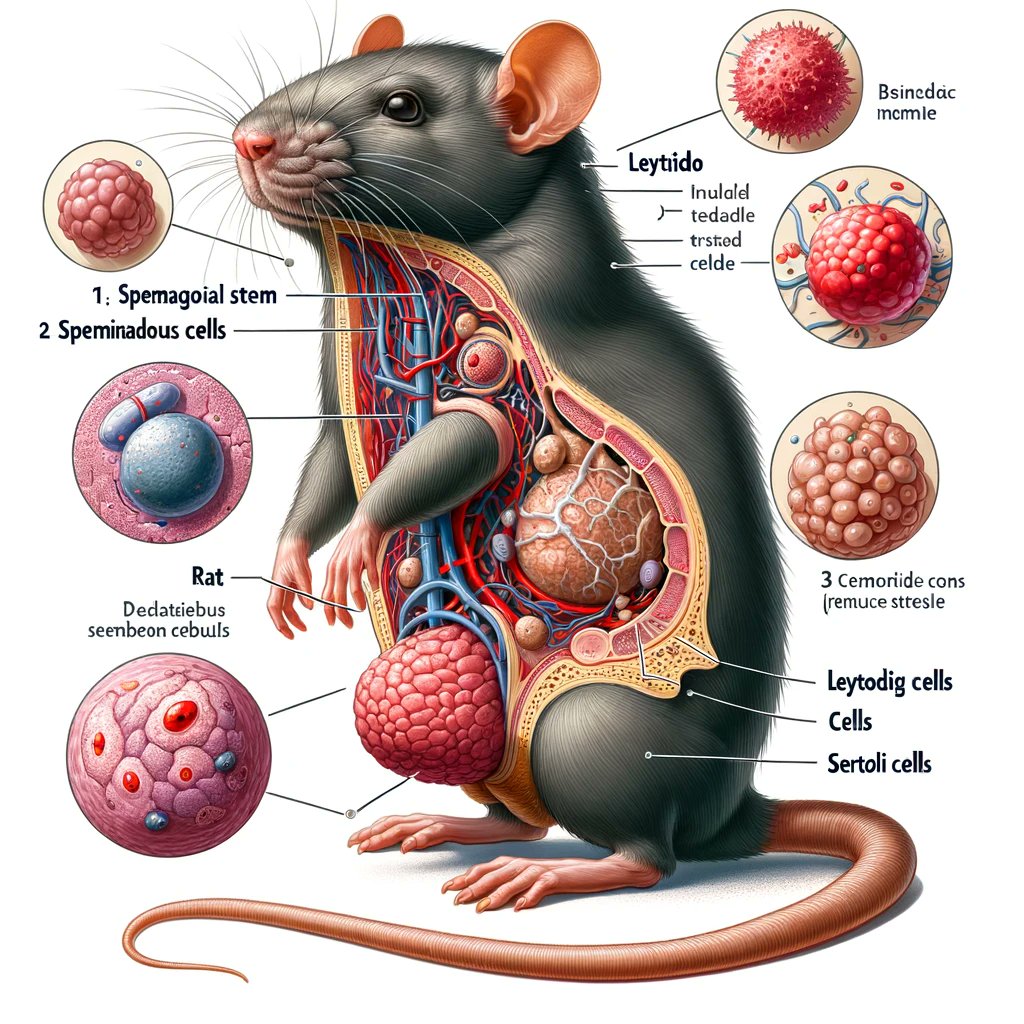Leading scientific journal publishes fake AI generated paper about rat with giant penis
02/20/2024 / By News Editors

A leading scientific journal faces humiliation after it published a completely fake paper, purportedly written by Chinese researchers, which contained AI generated images of a rat with a penis bigger than its own body.
(Article by Steve Watson republished from Modernity.news)
The Telegraph reports that the journal Frontiers in Cell and Development Biology published a paper that claimed to show the signalling pathway of sperm stem cells, but depicted a rat sitting upright with a massive dick and four giant testicles.
The illustration was reportedly created by using Midjourney, the AI imaging tool, which added labels to the ridiculous diagram using terms that don’t exist, including “dissilced”, “testtomcels” and “senctolic”.
Another ludicrous image to the right of the rat displays “sterrn cells” in a Petri dish being spooned out.
Erm, how did Figure 1 get past a peer reviewer?! https://t.co/pAkRmfuVed H/T @aero_annapic.twitter.com/iXpZ1FvM1G
— Dr CJ Houldcroft ?? (@DrCJ_Houldcroft) February 15, 2024
Subsequent images in the paper also displayed terms and biological systems that simply are not real.


Remarkably, the paper found its way into the journal, where it was read by scientists who immediately recognised the images and descriptions were not grounded in “any known biology”.
The journal retracted the paper, issued an apology and announced that it is working to “correct the record”.
Adrian Liston, professor of pathology at Cambridge University and editor of the journal Immunology & Cell Biology warned of the dangers of AI being used to create scientific diagrams, noting “Generative AI is very good at making things that sound like they come from a human being. It doesn’t check whether those things are correct.”
“It is like an actor playing a doctor on a TV show – they look like a doctor, they sound like a doctor, they even use words that a doctor would use. But you wouldn’t want to get medical advice from the actor,” he further noted, warning that “The problem for real journals is getting harder, because generative AI makes it easier for cheats.”
“It used to be really obvious to tell cheat papers at a glance. It is getting harder, and a lot of people in scientific publishing are getting genuinely concerned that we will reach a tipping point where we won’t be able to manually tell whether an article is genuine or a fraud,” Liston further cautioned.
People have since been creating their own AI rat images, in an attempt to work out what the Chinese ‘researchers’ typed into Midjourney to make the images that got published.


Read more at: Modernity.news
Submit a correction >>
Tagged Under:
absurd, China, computing, cyber war, cyborg, faked, Frontiers in Cell and Development Biology, future science, future tech, generative AI, Glitch, information technology, insanity, inventions, rat, research, robotics, robots, science clowns, science deception, science fraud, science journals
This article may contain statements that reflect the opinion of the author
RECENT NEWS & ARTICLES
COPYRIGHT © 2017 ROBOTICS.NEWS
All content posted on this site is protected under Free Speech. Robotics.News is not responsible for content written by contributing authors. The information on this site is provided for educational and entertainment purposes only. It is not intended as a substitute for professional advice of any kind. Robotics.News assumes no responsibility for the use or misuse of this material. All trademarks, registered trademarks and service marks mentioned on this site are the property of their respective owners.




















